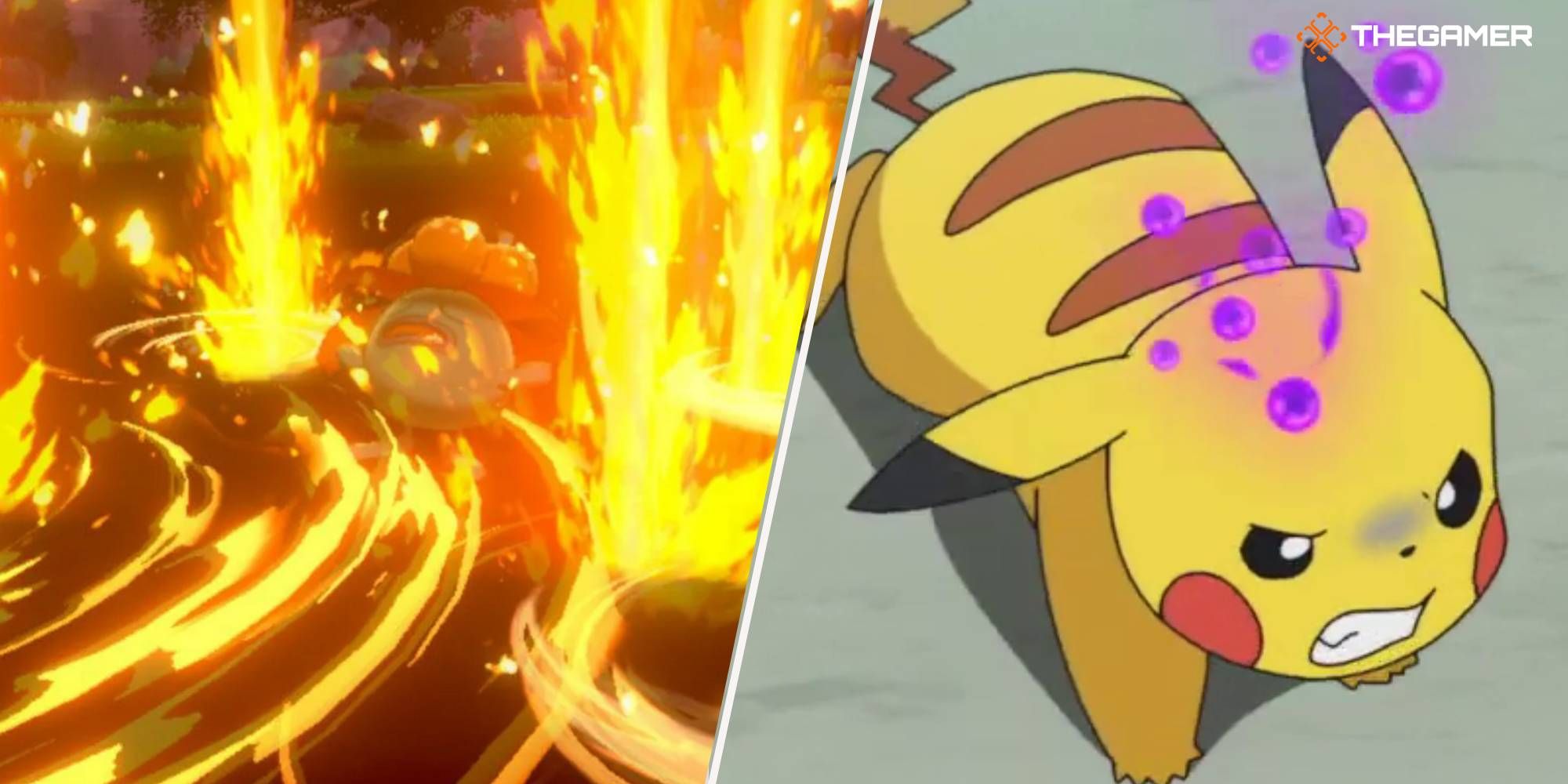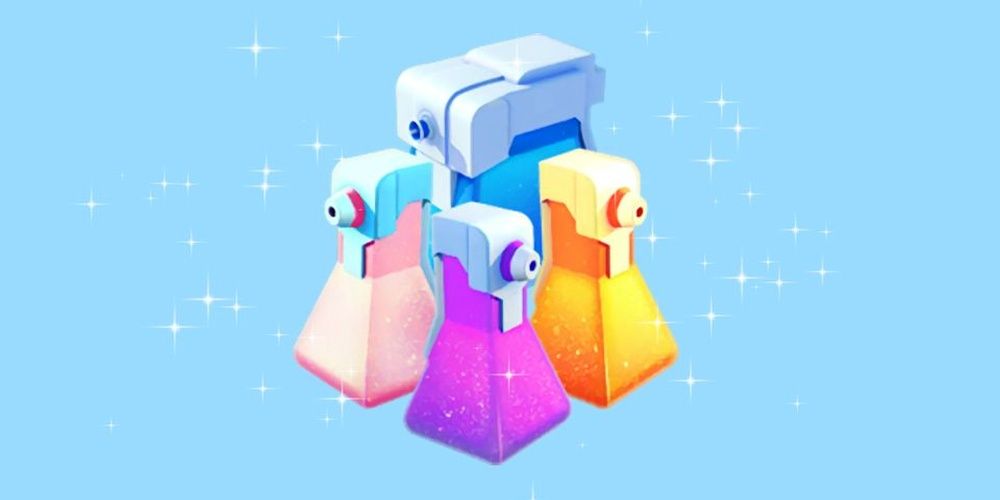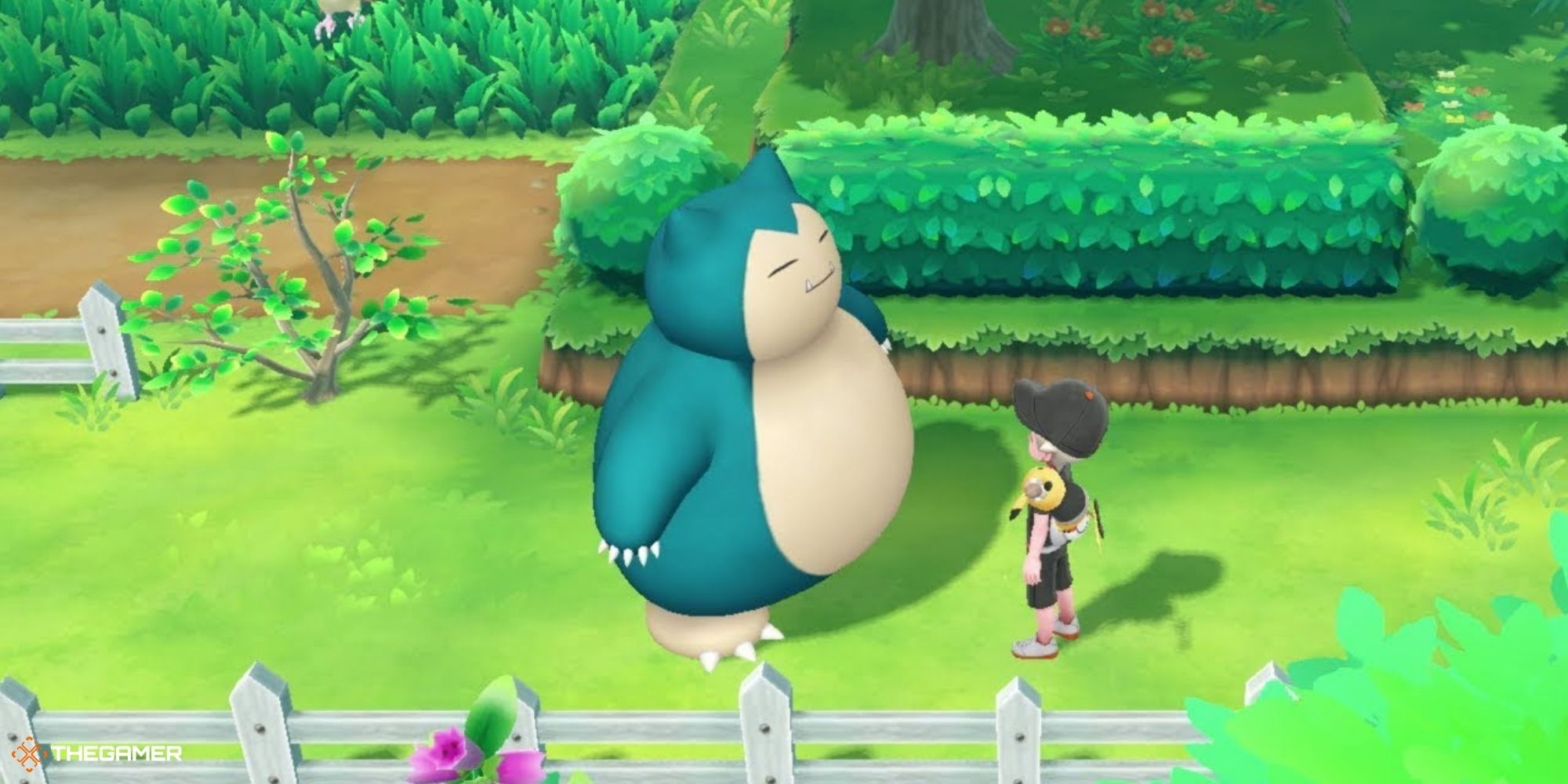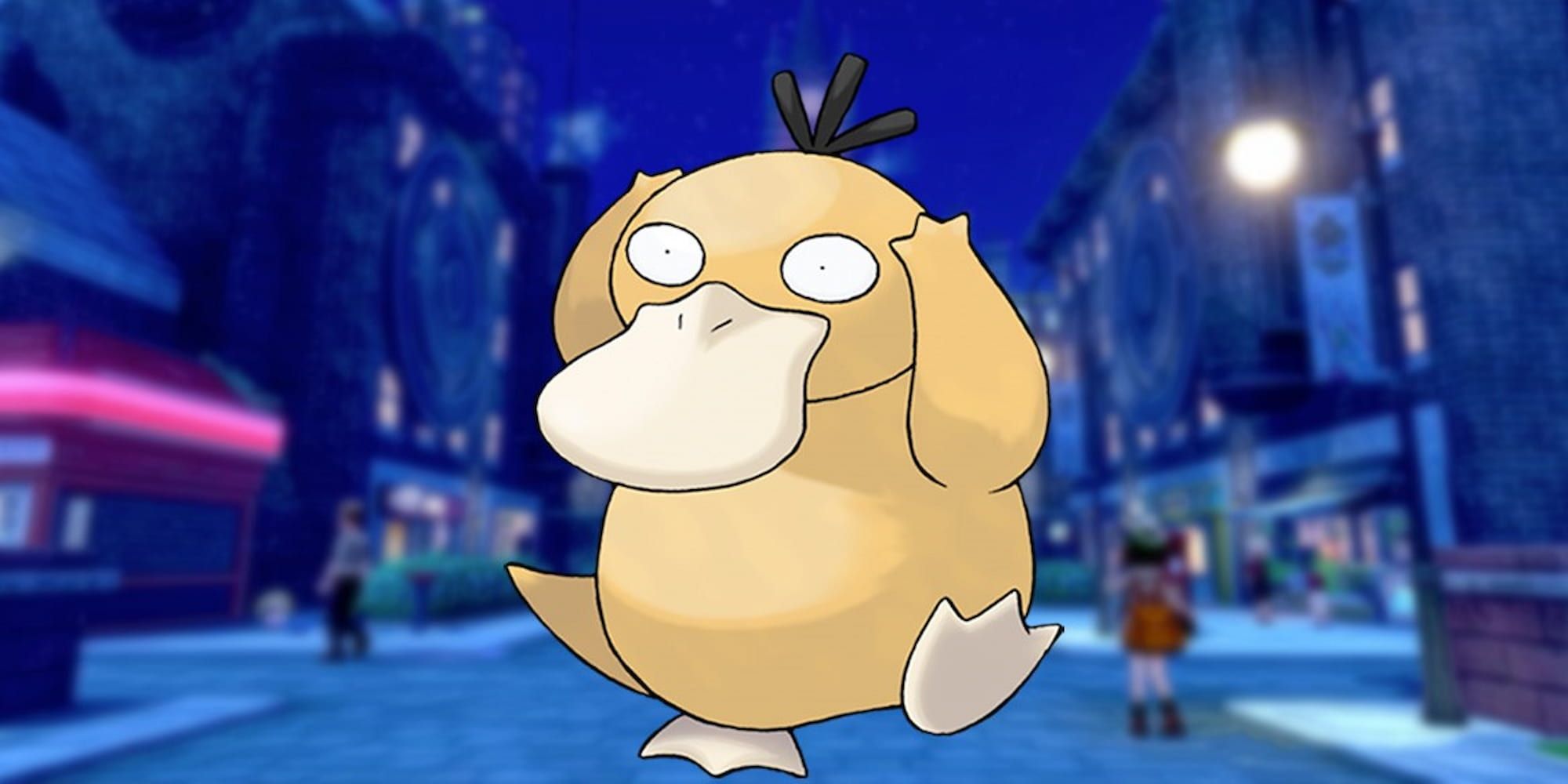Quick Links
If you've played a Pokemon video game before, odds are good you're familiar with status effects. Even if you haven't, the core concept is simple enough to understand — if someone or something suffers some sort of ailment, it's going to negatively affect them in some way. There are several of these ailments in Pokemon, including the Pokemon TCG.
With this guide, our goal is to go over each one of them in enough detail so that you not only know what to expect from your rivals but can get started planning your own devious assault. As any good Pokemon trainer would.
How To Heal Special Conditions
In accordance with official Pokemon Trading Card Game terminology, we'll be referring to status effects as Special Conditions from here on out. It's just the company's way of securing some snazzy nomenclature.
Before we begin in earnest, it's important to note how players can heal their Pokemon when they've been struck with a Special Condition. As you'll soon see, some of these afflictions can be quite dire, so knowing in advance that they aren't necessarily the end of the world should be handy.
Pokemon can be cured of Special Conditions in the following ways:
- By being sent back to the bench. This, of course, means replacing them with another Pokemon from your bench.
- By evolving them into a higher form. Naturally, this will only work with Pokemon who can evolve, so don't go looking to fix your Poliwrath's bad day this way.
- By using certain items, such as Full Heal.
- Rarely, a Pokemon will have an attack or ability that removes the debuff on its own.
Poison: Slow and Painful
The Poison Special Condition can be positively crippling. Between every turn, an additional damage counter is placed upon the afflicted Pokemon. This means your turn and your opponent's. A single damage counter is ten damage, which is the lowest amount of HP a Pokemon can ever lose at once; however, when you consider that it's happening so rapidly, it can quickly lead to a world of trouble.
Grass-type Pokemon cards, which often encompass not just Grass-type Pokemon but the species the games classify as Bug-types and (fittingly) Poison-types, can commonly be found with the ability to inflict the Poison Special Condition. If your strategy involves whittling away your foes tick by tick, these are good places to look when deck-building.
Poison uses its own kind of counter, a green token with a skull on it. If you have the official stuff, it's a great way to keep track. If you don't, you can either do so mentally or use some other item as an indicator.
Paralysis: Wasting A Turn
Paralysis is no fun, either, but then none of these five status ailments are supposed to be. Paralysis is about subduing your opponent in a straightforward manner; the afflicted Pokemon can neither attack nor retreat for the turn they are paralyzed, though the condition is automatically cured at the end of a full turn.
It's good to paralyze tougher cards when possible since it's just one more thing they'll have to shake off while wreaking havoc against you on the battlefield. There is no token for paralysis, which stands to reason since it only lasts a single turn. Players will often tilt their card sideways, clockwise, to denote the paralysis.
Lightning-type Pokemon (called Electric types elsewhere in the franchise) love to make good use of paralysis.
Asleep: Snorlax Dot Gif
As you can imagine, being asleep in the middle of a physical altercation is not great. The Pokemon TCG respects that basic fact. With no token, players will likely tilt their card sideways, clockwise, as a reminder.
The Sleep Special Condition is a lot like Paralysis. When a card is put to sleep, it can't attack, nor can it retreat. In addition to Paralyze's effect, there is also the a need for each player to flip a coin between turns. On heads, the Pokemon wakes up. (Tails is, thus, what the player whose Pokemon is suffering from Sleep is hoping to avoid, whilst the player whose Pokemon inflicted the status hopes for Tails when they flip, as that will mean prolonging the debilitative effect.
Sleep is Paralyze, except sturdier. Psychic-types commonly utilize this, as well as Grass-types.
Burned: Slower And More Painful
As with Poison, Burn has its own damage counter, a red token with the depiction of a bandage. In fact, you can think of Burn as Poison but worse. Between turns, two damage counters are placed on the Pokemon rather than one. Ouch.
Only the player whose Pokemon is Burned will be able to flip a coin between turns, so the effect can be prolonged. If they land on heads, the Burn goes away. If they land on tails, they'll need to wait until their turn comes around to try again. (As usual, the affected Pokemon can return to the bench, evolve, or be cured with an item or ability instead.)
Fire-type Pokemon inflict almost every Burn in the Pokemon TCG, though you'll find the odd duck elsewhere. Fire cards are already known for dishing a great deal of damage, so this plus the great Special Condition can make the type quite appealing.
Confused: It Hurt Itself In Its Confusion
Confusion can be a real pain. Whenever a Confused Pokemon attempts to attack, the player has to flip a coin. On heads, the attack goes through as planned. On tails, three damage counters (30 damage) are placed on it, and the attack is aborted.
High risk, without an ordinary reward, Confused Pokemon are turned 'upside-down' on the playing area to denote their debuff. Poison taking ten damage from you every turn, and 20 from Burn, but 30 and a failed attack? That can be tremendously disruptive for the defender (and tremendously helpful for the player whose pal did the deed).








-1.jpg)


